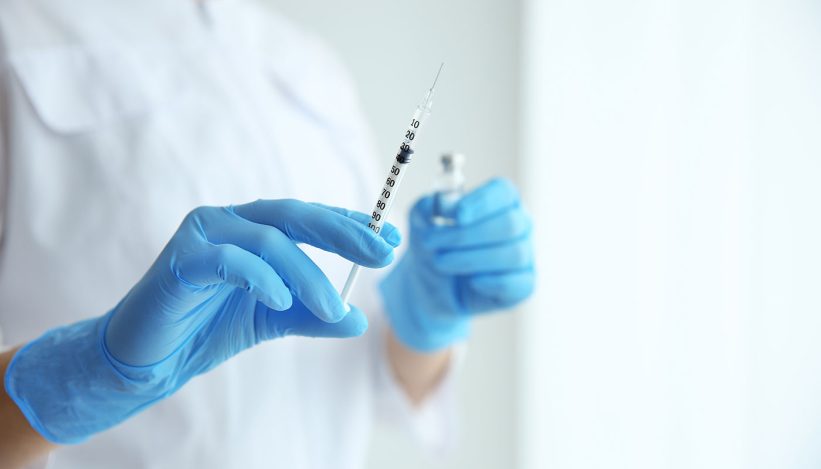
Interventional Procedures
Plasma Rich Protein Injections (PRP)
Platelet rich plasma injection (more commonly known as PRP injection or PRP therapy) is a treatment that involves injecting a small amount of one’s own blood into slowly healing soft tissue.
PRP injections are good treatments for tendinopathy- chronic tendon injuries such as tennis elbow and jumper’s knee (patella tendinosis).
PRP injections can also provide relief for some forms of arthritis of the knee, hip, ankle and shoulder joints. PRP treatment will take around 30 minutes.
Musculoskeletal steroid injections
Performed under ultrasound guidance after cleaning the skin. A fine needle is guided to the shoulder or hip bursa, as appropriate, where a combination of steroid and local anaesthetic is injected. The procedure usually causes only minimal discomfort.
Facet joint steroid injection
Usually performed under local anesthetic, guided by either CT or X-ray, placing a needle to deliver a dose of steroid to small joints of the spine.
Perineural (foraminal) steroid injection
Usually performed under local anaesthetic, guided by CT, placing a needle adjacent nerve as they leave the spinal column to deliver a dose of steroid and local anaesthetic.
Epidural steroid injection
Performed either with local anaesthetic or under sedation, using CT to guide a needle into the fatty tissues surrounding the spinal cord to deliver a dose of pain relieving steroid and local anaesthetic.
Radiologically guided biopsy
Most performed using guidance either with ultrasound or CT. A needle is introduced under local anaesthetic and sterile conditions, and guided to the region of concern. Samples are collected through the needle for interpretation by a pathologist, who will issue a separate report to your doctor.
Radiologically guided drainage
Most performed using guidance either with ultrasound or CT. A needle is introduced under local anaesthetic and sterile conditions and guided to the region of concern. Most often a soft wire is passed through the needle, a plastic drainage tube then fed over the wire to position it within the fluid to be removed.
Shoulder distention arthrogram
Radiological guidance is used to position a needle within the shoulder joint space after local anaesthetic. The joint is then stretched up with a combination of local anaesthetic, steroid and saline. Post procedure exercises will be discussed. The aim is to improve mobility of a frozen shoulder.